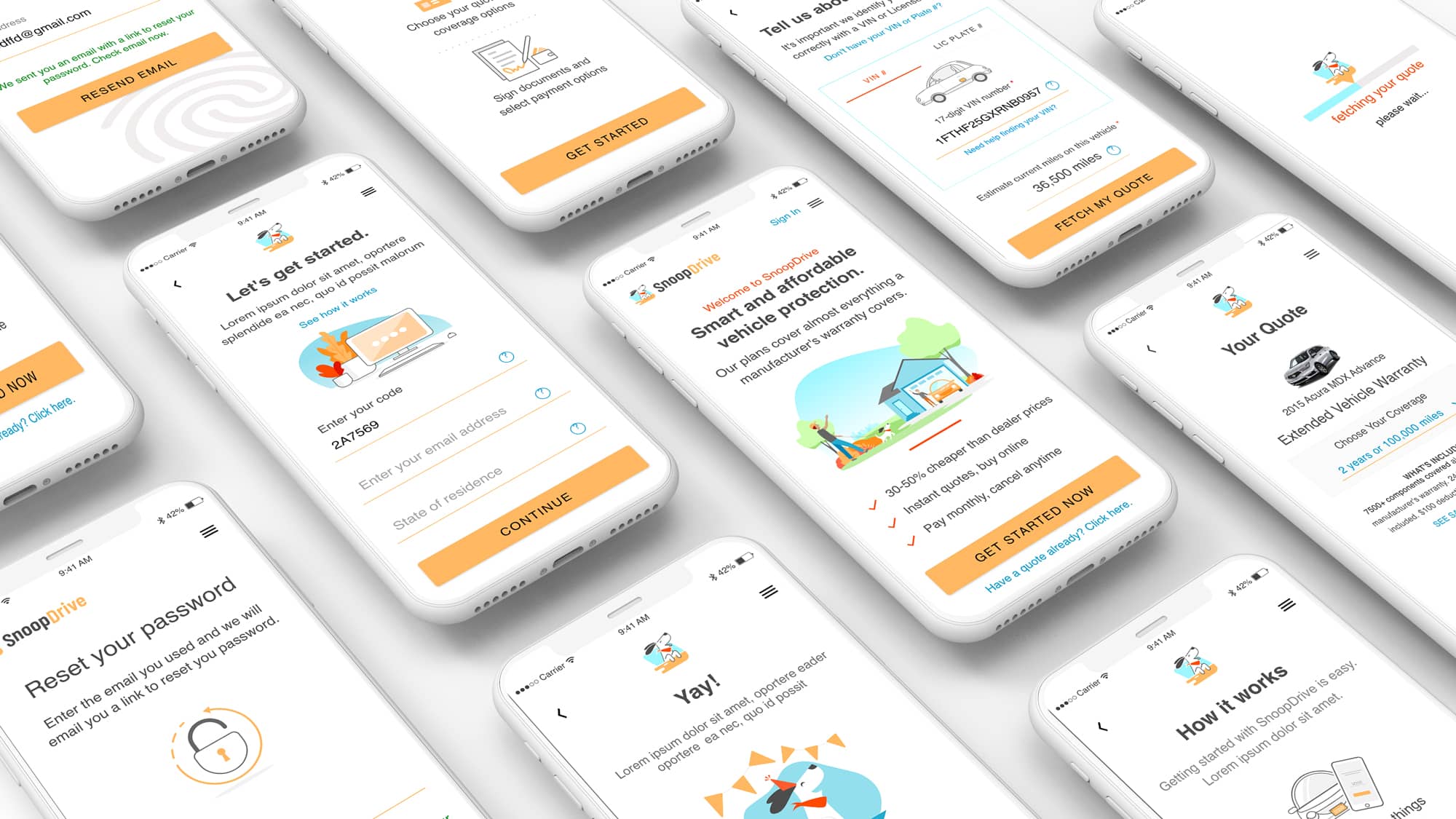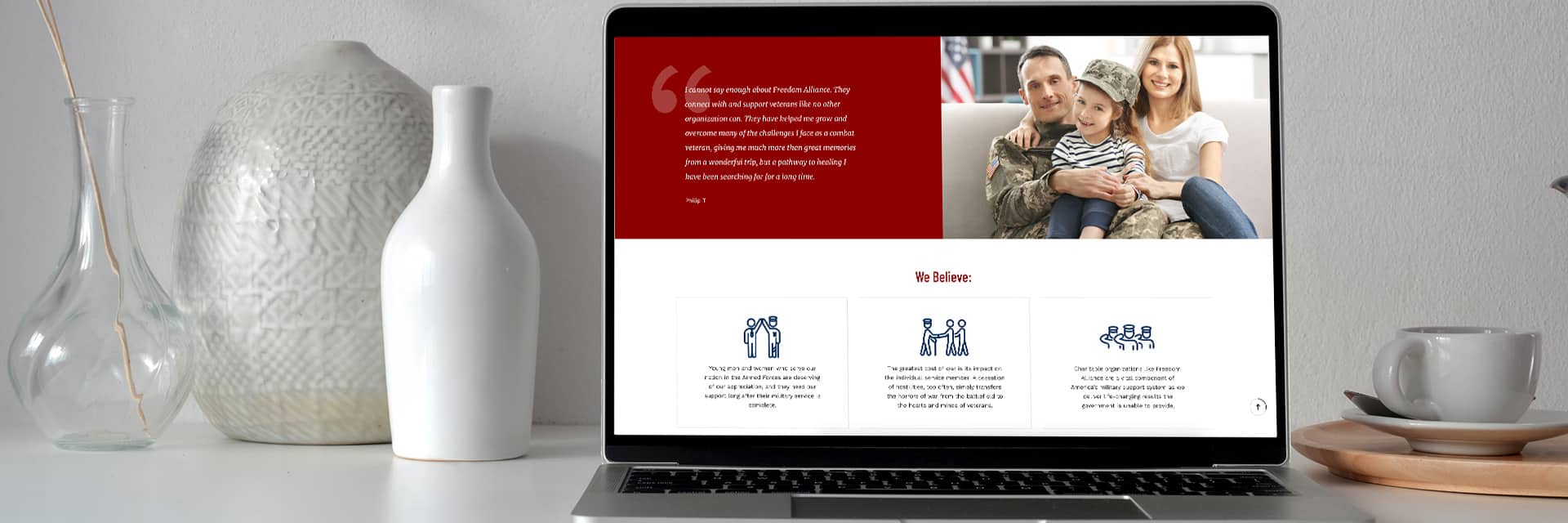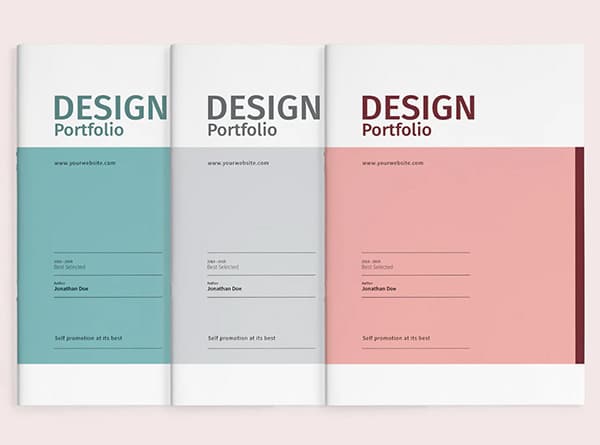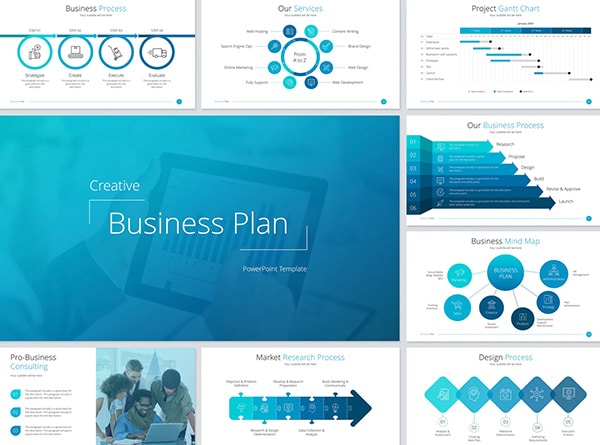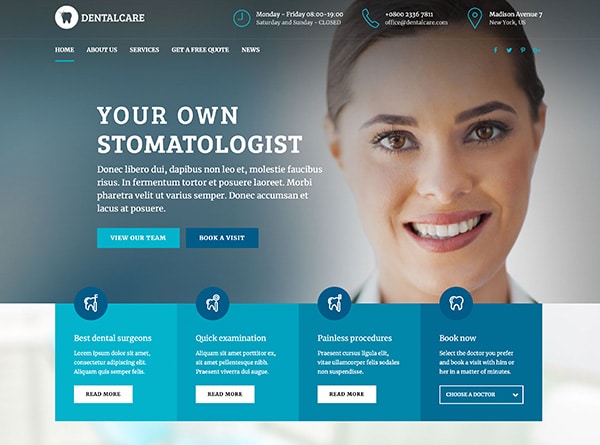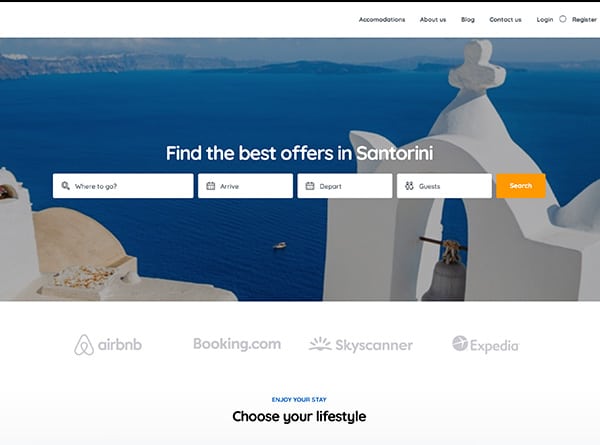Is Your Website Delivering the User Experience Your Customers Expect?
Look no further! We specialize in crafting exceptional UX/UI designs that elevate your digital presence.
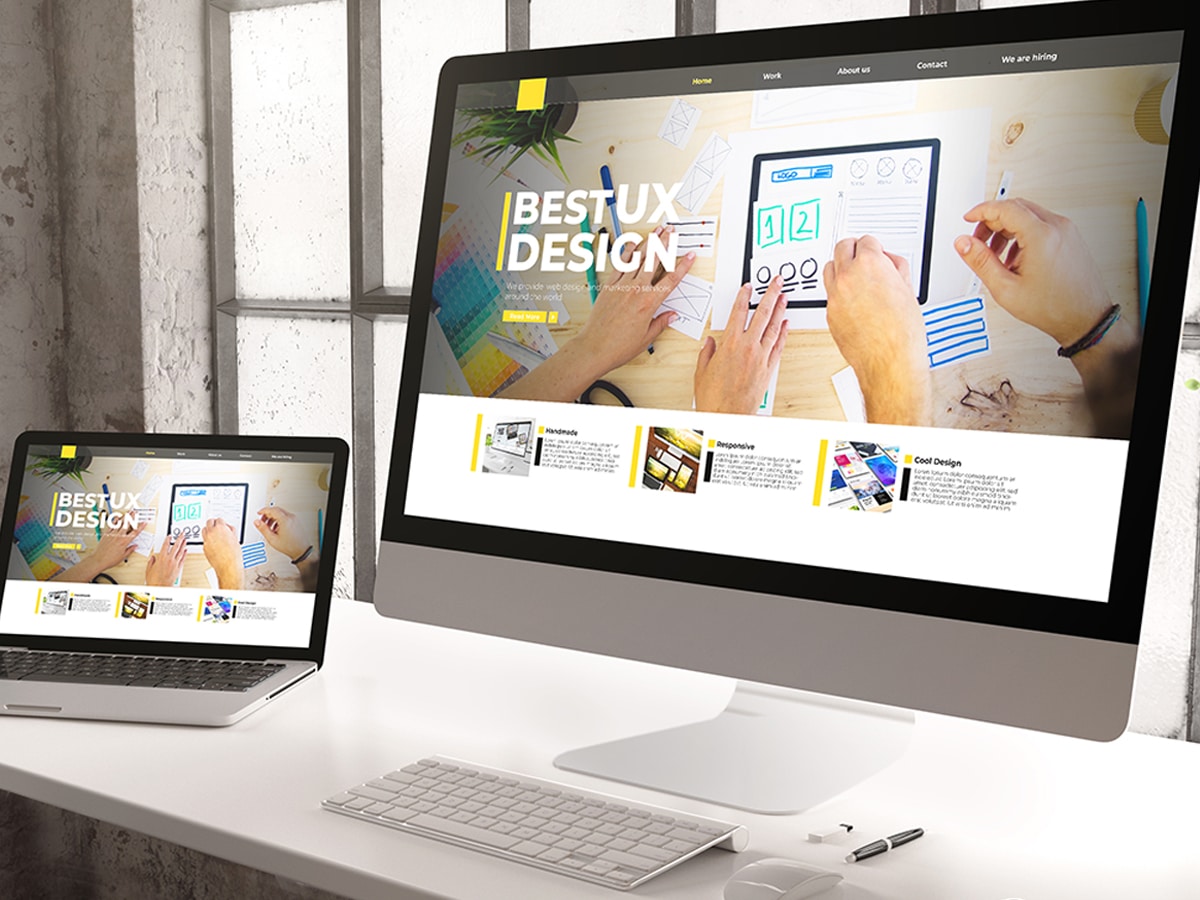
UX/UI User Experience
Unlock the possibilities offered by our digital agency’s UXUI User Experience/User Interface Design Services. Take your brand to new heights, and ignite unparalleled triumph with the help of our expert UX and UI developers.
Crafting the Ideal User Experience
Captivate Your Audience. Drive Conversions.
We specialize in creating captivating websites and enhancing user experience to drive customer engagement and boost profitability. With our meticulous approach and purpose-driven design, we can propel your business to new heights.
Boost Your Business
Why User Experience Matters
300%
Elevating Brand Image
User experience serves as a cornerstone for building and elevating your brand image. A seamlessly designed website not only impresses visitors but also reinforces your firm’s professionalism and commitment to excellence, leaving a lasting positive impression.
5X
Boost Customer Engagement
User experience is the linchpin for boosting customer engagement on your website. Businesses need to prioritize user-friendly navigation, intuitive layouts, and fast-loading pages to ensure that visitors stay engaged and readily explore your offerings, leading to increased interaction and potential conversions.
3.5X
Driving Business Success
At the heart of every firm’s digital strategy lies the goal of driving business success. A superior user experience directly contributes to this by enhancing customer satisfaction, fostering brand loyalty, and ultimately driving growth and success for your firm in the competitive marketplace.
Our Recent Works
UX/UI
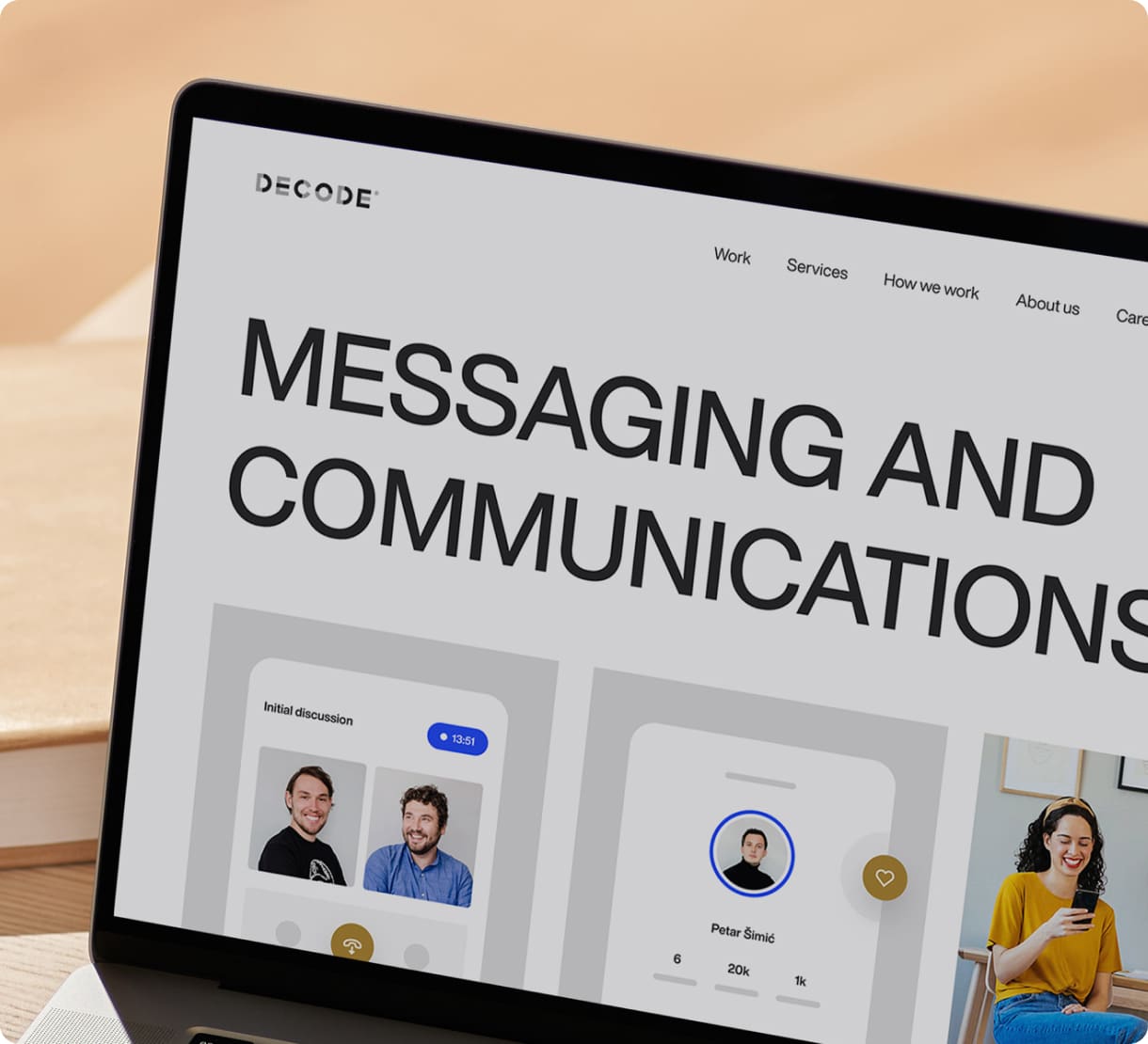







What We Offer
6 Key Reasons to Choose Our UX/UI Services
UX refers to the User Experience. The overall experience and feelings of a user while interacting with a product. This encompasses various digital platforms such as websites, web applications, mobile applications, desktop software, and any other form of human-computer interaction. UI refers to the User Interface. UI design is your visual designer, typography, colors and plan layouts with visual aesthetics. Our team of expert user experience (UX and UI) designers are skilled in creating seamless user experiences that are as effortless as peeling a banana when navigating your website.
10,000%
ROI
Yield Significant Returns
Conducting User Research
User research provides invaluable insights into audience preferences and needs. It helps us design a website that exceeds expectations, engages users, and meets their requirements for an online success.
2-3X
INCREASE
Conversion Rates For Sales
Creating User Personas
User personas are fictional representations of target users that help us understand different user types for a website or app. They allow us to customize the design to meet specific user group needs.
30%
INCREASE
In User Satisfaction
Information Architecture
We strategically organize the content and navigation of your website or app to ensure easy access to information. This includes creating clear hierarchies, logical user flows, and intuitive navigation menus.
400%
CONVERSION
On Your Bottom Line
Conversion optimization
Our ux and ui designers enhance the user experience, strategically place call-to-action buttons, improve form usability, and optimize landing pages to maximize conversion rates for your digital product.
10-50%
DECREASE
Development Time & Cost
Wireframing and Prototyping
We are experts in creating wireframes and interactive prototypes that showcase the layout, structure, and functionality of your digital product. Our skilled UXUI designer in Orange County can detect design flaws early.
100-400%
ROI
With Increased Sales
Usability testing
Our experienced UXUI designer team conducts thorough usability testing with real users to identify issues and improve the user experience. This data-driven process validates our design decisions and allows for targeted optimizations.
Why Choose Us
Crafting Seamless Digital Experiences
Elevated User Experience
With our specialized focus on user experience (UX) and user interface (UI) design, we ensure that every interaction with your website is seamless and delightful for your users. From intuitive navigation to visually appealing layouts, we prioritize creating an elevated user experience that keeps visitors engaged and coming back for more.
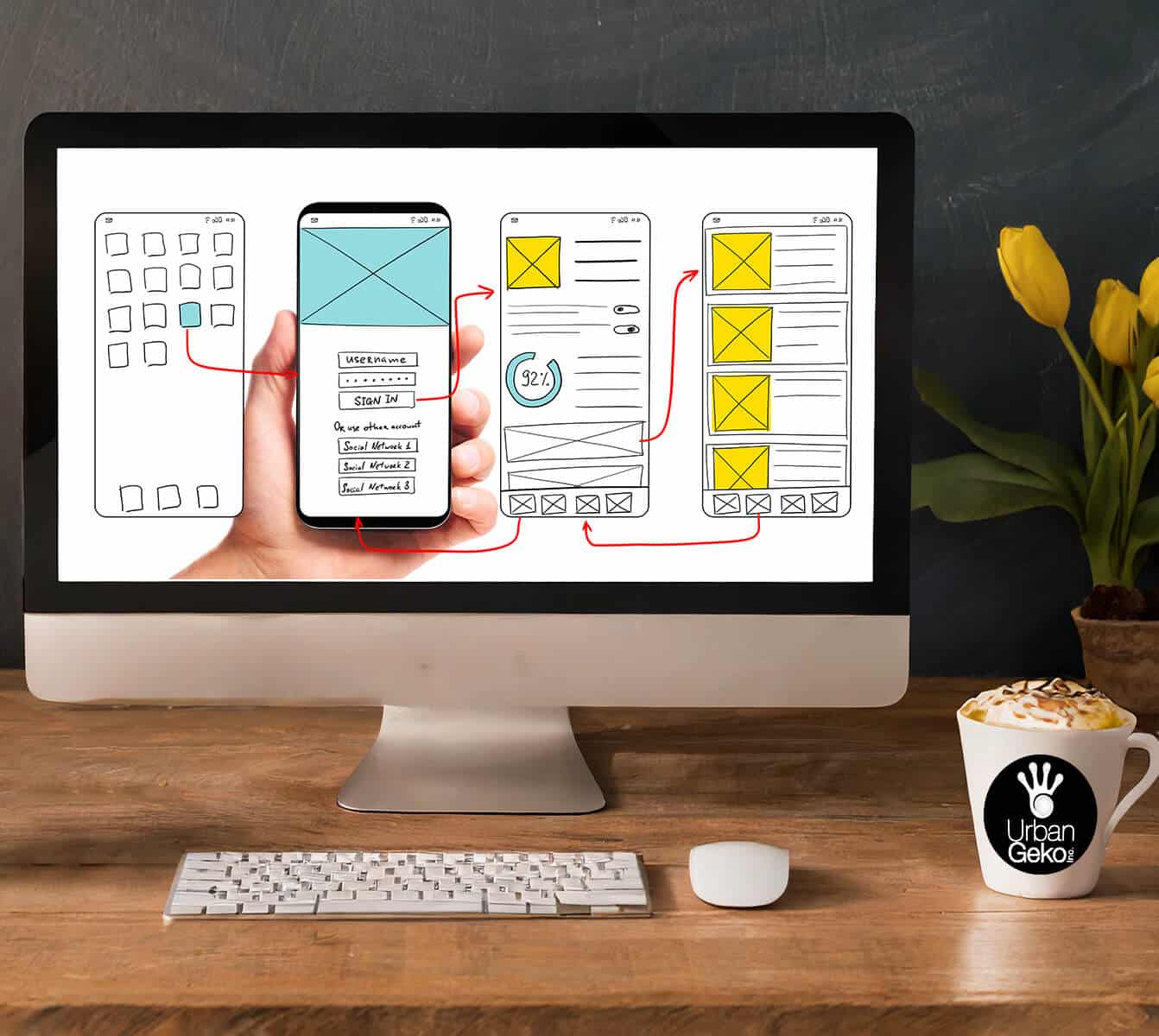
01.

02.
Increased User Satisfaction
By focusing on UX/UI design, we aim to enhance user satisfaction with your website. We understand that satisfied users are more likely to become loyal customers and brand advocates. Our ux and ui developer team, with their expertise, designs websites that not only meet but exceed the expectations of your target audience, resulting in increased user satisfaction and loyalty to your brand.
Maximized Conversion Rates
Our UX/UI design expertise maximizes conversion rates by optimizing your website's user experience. We implement intuitive design elements that guide users seamlessly through the conversion funnel, encouraging them to take desired actions.

03.

04.
Enhanced Brand Image
We specialize in UX/UI design to create visually appealing and user-friendly websites that accurately reflect your brand identity. Our ux ui designer and developer design team designs help form a positive and memorable brand image, connecting with your target audience.
Competitive Advantage
We give you a competitive advantage by specializing in UX/UI design and creating a website that not only looks great but also delivers an exceptional user experience. With our expertise, you can outshine competitors and attract and retain more customers.

05.

06.
Long-term Success
Investing in UX/UI design is crucial for long-term business success. Our user-centric websites lay the groundwork for sustained growth. Prioritizing user experience and interface design ensures your website remains adaptable to evolving audience needs, driving lasting success.
Work Smart. Hire us and Receive. One Smart Looking Website.

